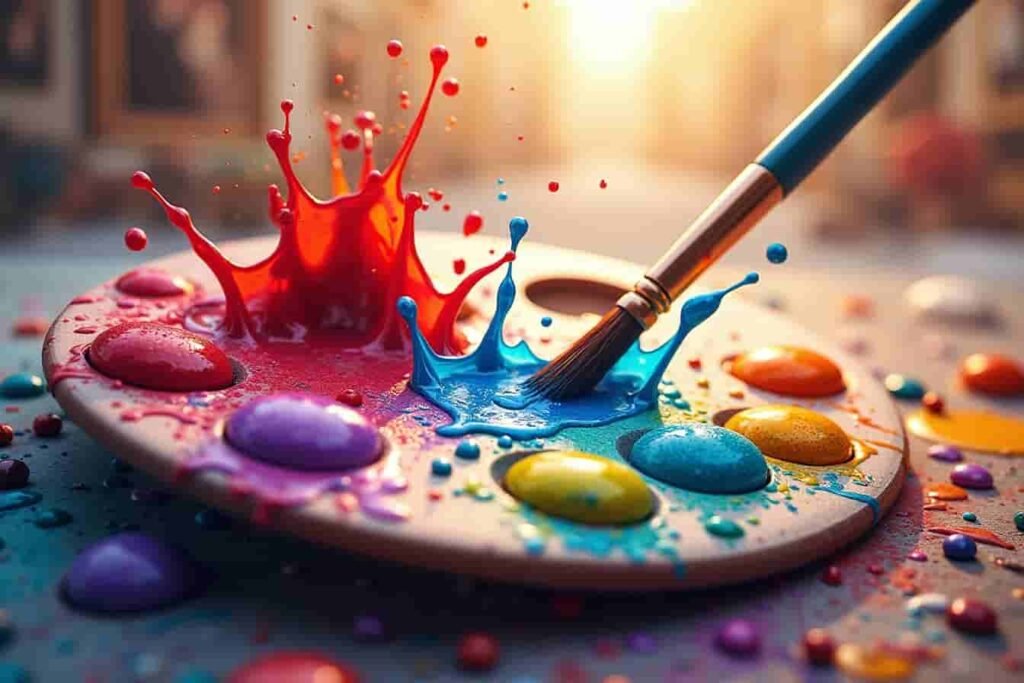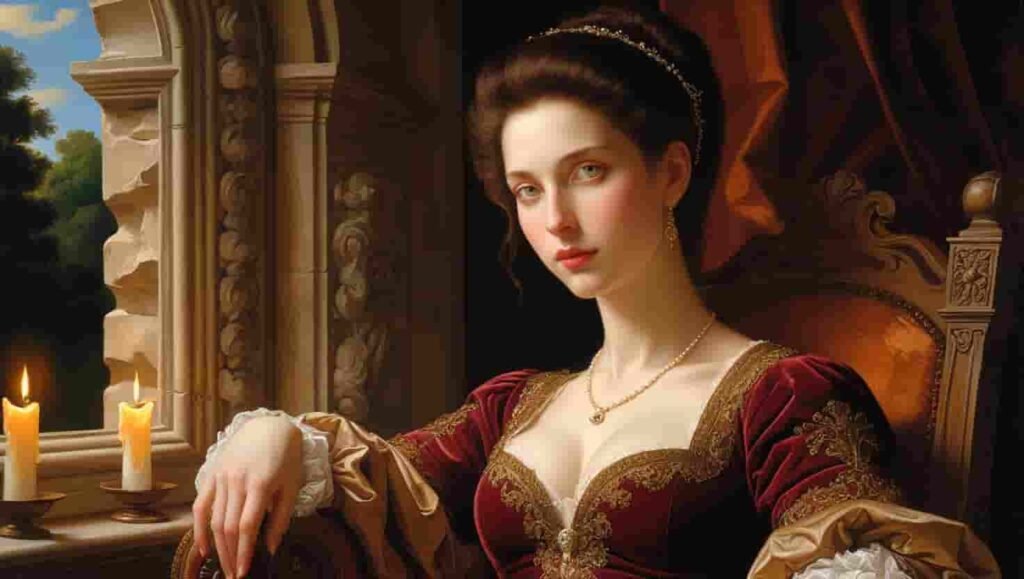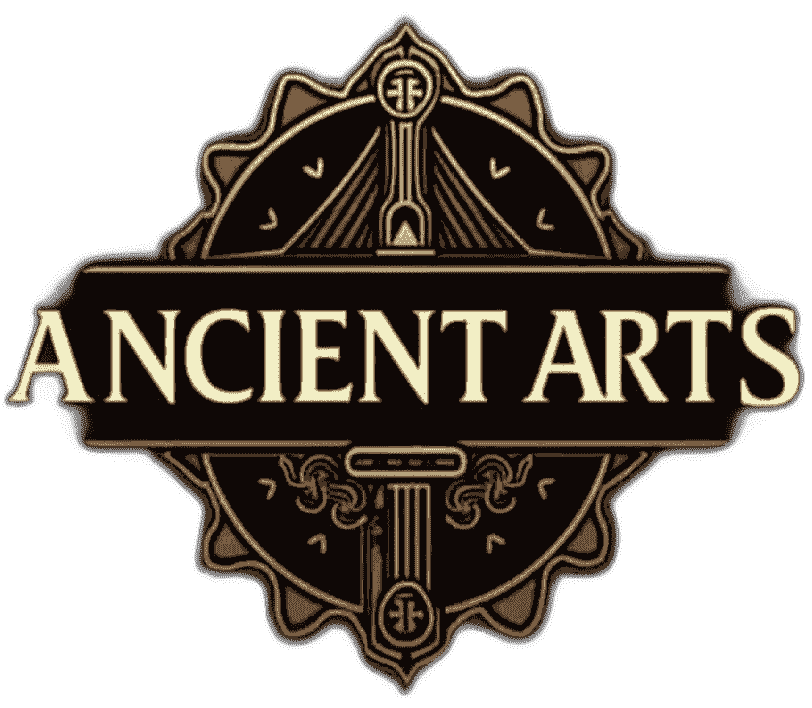Introduction
The Chola Dynasty stands as one of history’s most artistically prolific civilizations their reign marking a golden age in South Indian cultural expression. For over four centuries spanning from the 9th to 13th centuries CE the Cholas created an unparalleled legacy of architectural marvels and artistic masterpieces that continue to captivate minds worldwide. Their temples reached toward the heavens their bronze sculptures captured divine grace and their artistic innovations influenced centuries of Indian aesthetic tradition. This comprehensive exploration delves into the magnificent world of Chola art and architecture revealing how this remarkable dynasty transformed the cultural landscape of South India and left an indelible mark on world heritage.
The Rise of Chola Artistic Excellence
Historical Context and Cultural Foundation
The artistic brilliance of the Chola period did not emerge in isolation. The dynasty’s rise to power in the 9th century CE coincided with a period of unprecedented prosperity in South India. The Cholas established a powerful maritime empire extending their influence across Southeast Asia. This economic success combined with political stability created the perfect conditions for artistic and architectural innovation.
Patronage and Royal Support
The Chola rulers particularly Rajaraja I and Rajendra I were exceptional patrons of the arts. They dedicated vast resources to temple construction artistic commissions and cultural development. Their patronage extended beyond mere funding as they actively participated in artistic planning and conceptualization. Royal workshops emerged as centers of excellence producing works that would define the dynasty’s artistic legacy.
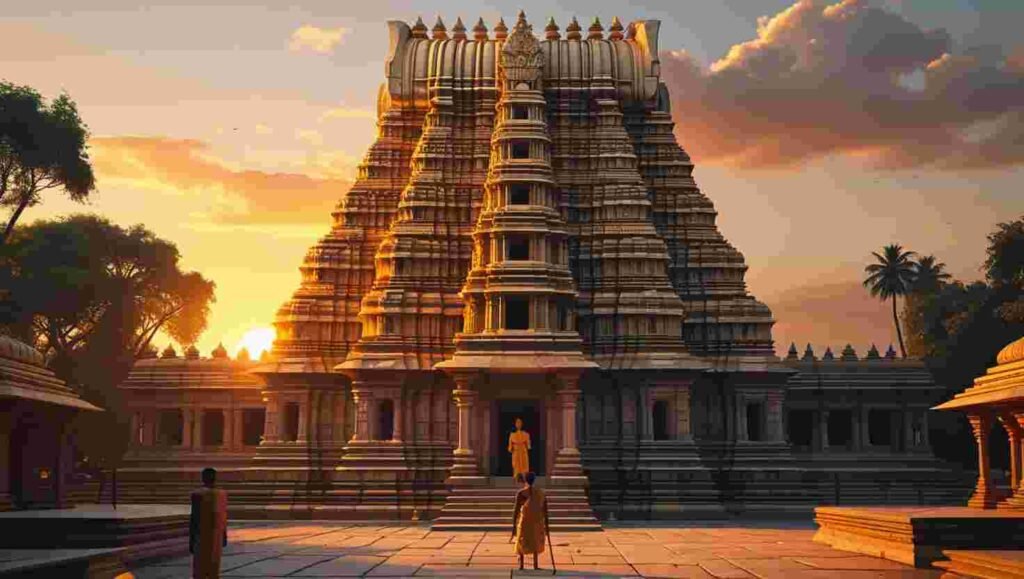
Architectural Marvels: The Great Chola Temples
The Brihadisvara Temple at Thanjavur
The crowning achievement of Chola architecture the Brihadisvara Temple commissioned by Rajaraja I represents the pinnacle of Dravidian temple architecture. Built in 1010 CE this architectural marvel features:
- A massive central tower (vimana) rising 216 feet high crowned with an 80-ton granite block
- Elaborate sculptural programs depicting various forms of Shiva and other deities
- Advanced engineering techniques that were ahead of their time
- Innovative architectural solutions for weight distribution and stability
The Gangaikonda Cholapuram Temple
Built by Rajendra I this temple complex served as a statement of imperial power and artistic sophistication. Notable features include:
- A slightly smaller but more refined version of the Brihadisvara model
- Unique sculptural innovations in deity representation
- Advanced acoustic engineering creating remarkable sound effects
- Intricate astronomical alignments incorporated into the design
The Airavatesvara Temple at Darasuram
This 12th-century temple complex showcases the evolution of Chola architectural style featuring:
- More intimate scale compared to earlier temples
- Exquisite narrative sculptural panels
- Innovative chariot-shaped shrine design
- Integration of music and dance themes into architecture
Bronze Casting: The Pinnacle of Chola Artistry
Technical Mastery and Innovation
The Cholas elevated bronze casting to unprecedented heights developing the lost-wax technique to create sculptures of remarkable sophistication. Their technical achievements include:
- Development of precise alloy compositions
- Advanced modeling techniques for complex poses
- Innovation in surface finishing methods
- Creation of hollow casting techniques for larger sculptures
Iconographic Developments
Chola bronzes established new standards in divine representation characterized by:
- Graceful naturalistic poses
- Detailed anatomical understanding
- Sophisticated facial expressions
- Perfect proportion and balance
The Dancing Shiva (Nataraja)
The iconic Nataraja bronze represents the apex of Chola sculptural achievement featuring:
- Complex symbolism in every element
- Perfect balance despite dynamic pose
- Innovative solution to structural challenges
- Integration of cosmic and divine themes
Painting and Other Art Forms
Temple Mural Traditions
Though fewer examples survive Chola painting traditions were equally sophisticated featuring:
- Complex narrative scenes
- Innovative use of natural pigments
- Integration with architectural spaces
- Distinctive style influencing later traditions
Decorative Arts and Crafts
The dynasty’s artistic excellence extended to various media including:
- Textile production and design
- Jewelry making
- Wood carving
- Metalwork beyond sculpture
Cultural Impact and Legacy
Influence on Later Art
The Chola artistic tradition influenced:
- Subsequent South Indian dynasties
- Southeast Asian art and architecture
- Modern Indian artistic expression
- Contemporary temple architecture
Preservation and Contemporary Significance
Modern efforts to preserve and study Chola art include:
- UNESCO World Heritage recognition
- Conservation initiatives
- Academic research programs
- Cultural tourism development
Technical Innovations and Engineering
Architectural Engineering
The Cholas developed numerous technical innovations including:
- Advanced foundation systems
- Sophisticated water management
- Earthquake-resistant construction techniques
- Complex geometric principles
Material Science
Their understanding of materials was remarkably advanced featuring:
- Metal alloy development
- Stone cutting and fitting techniques
- Mortar compositions
- Surface treatment methods
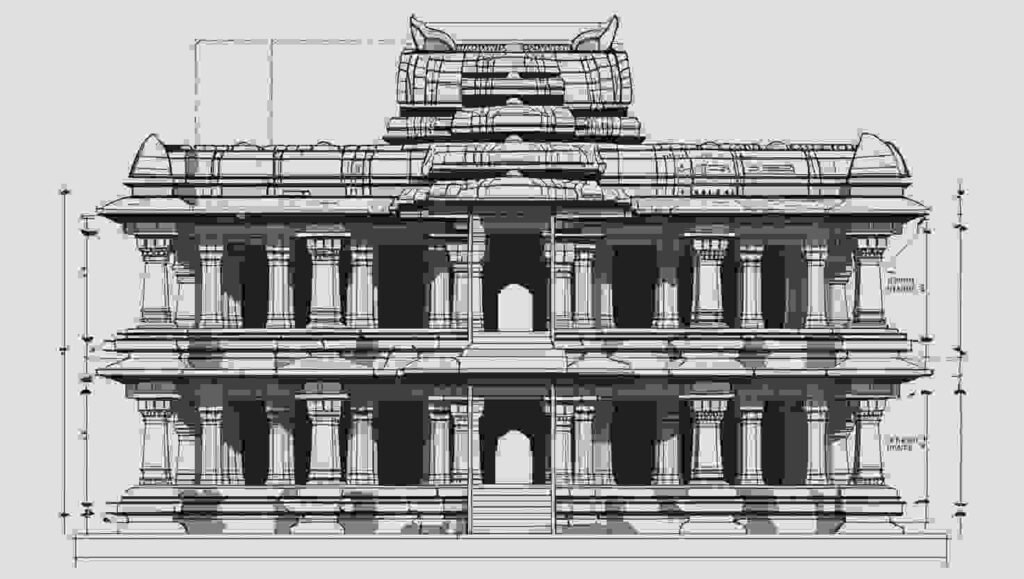
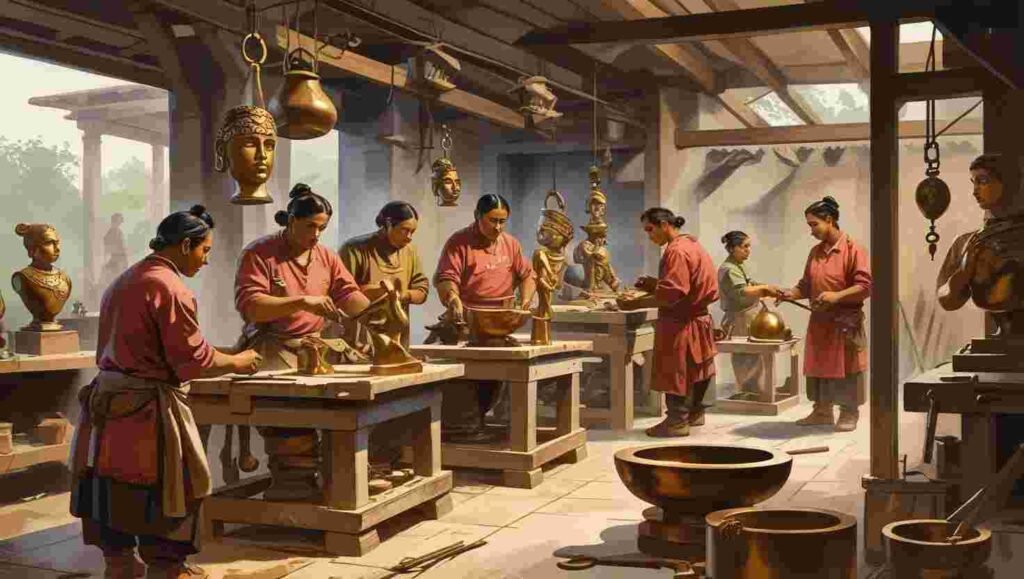
FAQs About Chola Art and Architecture
How did the Cholas cast such large bronze sculptures?
The Cholas perfected the lost-wax casting technique using sophisticated alloy compositions and hollow casting methods. Their workshops developed specialized tools and techniques for creating complex poses and detailed surface treatments.
Why is the Nataraja considered the masterpiece of Chola art?
The Nataraja bronze combines perfect technical execution with profound symbolic meaning. Its dynamic pose balanced composition and intricate details represent the pinnacle of Chola bronze casting achievement.
How long did it take to build a typical Chola temple?
Major temple complexes like the Brihadisvara Temple took decades to complete. Construction often continued across multiple generations with new additions and refinements added over time.
What materials were used in Chola temple construction?
Chola temples primarily used granite and other hard stones. The builders developed sophisticated techniques for quarrying transporting and fitting massive stone blocks without mortar.
How did Chola art influence Southeast Asian architecture?
Through maritime trade and cultural exchange Chola artistic styles influenced temple architecture and sculpture throughout Southeast Asia particularly in regions like Cambodia and Indonesia.
What role did astronomy play in Chola temple design?
Chola temples incorporated sophisticated astronomical alignments. Their design often referenced cosmic principles and included features for tracking celestial events.
How were Chola temples funded and maintained?
Temples received royal patronage and land grants. Complex administrative systems managed temple resources and maintained regular worship and maintenance programs.
What modern conservation challenges do Chola monuments face?
Contemporary challenges include environmental degradation urban development pressure and the need for specialized conservation expertise.
How did the Cholas train their artists and architects?
The dynasty maintained specialized guilds and workshops. Knowledge was passed down through apprenticeship systems and family traditions.
Conclusion
The artistic and architectural achievements of the Chola Dynasty represent one of humanity’s great creative flowerings. Their temples stand as testaments to human ingenuity their bronzes capture divine grace and their technical innovations continue to amaze modern scholars. The Chola legacy teaches us about the heights human creativity can reach when supported by stable governance cultural confidence and technical excellence. As we face our own architectural and artistic challenges their achievements remain relevant showing how tradition and innovation can combine to create works of lasting significance.
Today the Chola artistic legacy lives on not just in preserved monuments and museum pieces but in the continuing influence on Indian art and architecture. Their works remind us that great art transcends time speaking to fundamental human aspirations for beauty meaning and connection to the divine. As we work to preserve and understand these masterpieces we ensure that future generations can continue to learn from and be inspired by this remarkable artistic heritage.

